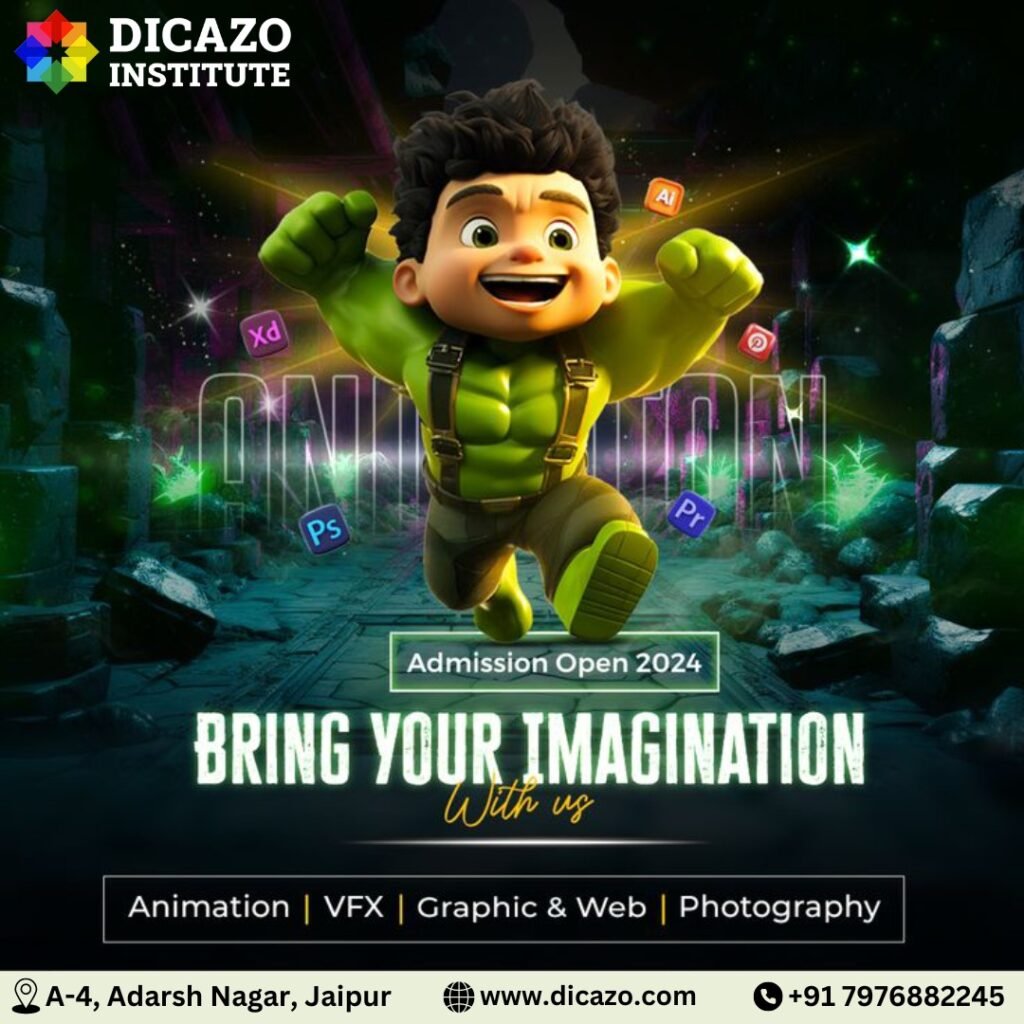In recent years, technology has transformed education in countless ways, but few innovations are as exciting and impactful as Virtual Reality (VR). At the forefront of this revolution, VR is reshaping the way students learn about computers, programming, and technology. This cutting-edge tool provides immersive and interactive experiences that traditional teaching methods simply cannot match. Let’s explore how VR is revolutionizing computer education.

1. Immersive Learning Environments
Virtual Reality creates highly engaging, interactive environments that bring learning to life. Instead of merely reading about algorithms or computer hardware, students can step into a virtual space where they can visualize and interact with 3D models. Imagine walking through the inside of a computer, identifying components, and observing how they function together. This hands-on approach makes complex concepts easier to understand and retain.
2. Real-World Simulations
One of the most powerful features of VR is its ability to simulate real-world scenarios. For example, students can:
- Practice Programming: Debugging code in a simulated environment lets learners experience real-world challenges without the consequences of failure.
- Explore Networking: Set up virtual servers, configure routers, or troubleshoot network issues in a risk-free VR lab.
- Test Cybersecurity Skills: Engage in simulated hacking or defense scenarios to better understand threats and solutions.
These experiences provide a safe and controlled space for students to learn and grow.
3. Remote and Accessible Learning
With the advent of VR classrooms, physical distance is no longer a barrier to quality education. Students can attend lectures, collaborate with peers, and participate in workshops from anywhere in the world. Platforms like AltspaceVR and Engage VR make it possible to join fully immersive classrooms that feel almost as interactive as being in person. This accessibility ensures that high-quality computer education reaches more students, regardless of location.
4. Gamified Learning
Gamification in VR takes engagement to a whole new level. Imagine students solving programming challenges by playing a VR game where they need to write code to navigate a robot through a maze. These types of activities not only make learning fun but also improve retention by tying knowledge to interactive and enjoyable experiences.
5. Cost-Effective Training
While VR technology may seem expensive at first glance, it can actually save costs in the long run. For instance, VR can simulate expensive hardware setups, such as servers and networking devices, eliminating the need to purchase physical equipment. Additionally, travel expenses for attending training sessions or conferences can be minimized as VR enables remote participation.
6. Preparing for the Future
By incorporating VR into computer education, institutes are preparing students for careers in industries that increasingly rely on this technology. Fields like gaming, simulation, architecture, and even medicine are adopting VR solutions. Exposure to VR not only enhances technical skills but also fosters creativity and innovation, which are vital in the tech industry.
Challenges and Opportunities
Like any new technology, VR in education comes with challenges. High upfront costs for VR headsets and the need for advanced hardware can be barriers. Additionally, not all educators are familiar with the technology, which requires training and adaptation. However, as VR technology becomes more affordable and widespread, these hurdles are likely to diminish.
Conclusion
Virtual Reality is not just a tool; it is a gateway to a new dimension of learning. By making abstract concepts tangible, providing immersive simulations, and offering remote accessibility, VR is transforming computer education in unprecedented ways. At our institute, we are proud to embrace this technology, ensuring our students are not just learning about the future but experiencing it firsthand.
Are you ready to step into the future of learning? Join us and explore how Virtual Reality can shape your journey in computer education!
More Courses

